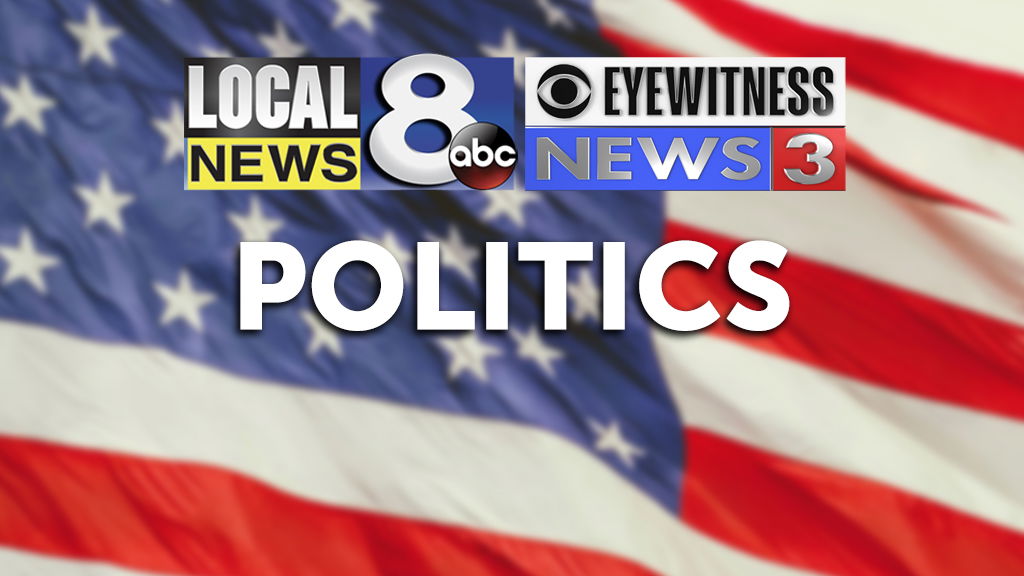US Black-White inequality in 4 charts

The financial standing of Black and White Americans is anything but equal.
When it comes to wealth and income, major disparities persist despite the years of economic prosperity that preceded the coronavirus pandemic.
This long-standing racial divide has garnered renewed attention in the Biden administration, which has committed to improving equity as it guides the nation out of the virus-fueled economic downturn.
Also bringing the unequal fortunes of Blacks and Whites into the spotlight: The centennial of the race massacre that destroyed of the Greenwood section of Tulsa, Oklahoma, which was known as Black Wall Street.
The numbers are staggering.
The typical non-Hispanic White family had nearly eight times the net worth of the typical non-Hispanic Black family in 2019, according to the most recent Federal Reserve Bank data. That gap stems in part from lower rates of home ownership and smaller inheritances among Blacks.
Wealth is all the more important these days since it serves as a safety net during economic downturns. And Black Americans are not benefiting from the run up in stock prices and home values as much as White Americans are since they are less likely to own these assets.
The median income of Black Americans in 2019 tied prior highs, according to the most recent US Census Bureau data. But non-Hispanic White Americans saw their median income hit a record, thanks to the booming economy.
So the racial divide remained.
Black workers face significant wage gaps in the labor market, and these differentials have grown since 2000, according to the Economic Policy Institute.
The disparity is another reason why it’s more difficult for Black families to save and build wealth than it is for White households.
One area that has improved over time is the gap in unemployment rates.
For decades, the jobless rate for Black Americans was typically more than twice that for White Americans. But it had narrowed to the smallest pre-pandemic differential on record in 2019, amid the economic prosperity.
Black Americans, however, were hit very hard by the coronavirus-fueled downturn, suffering a record number of job losses in the early months of the outbreak last year, according to the Economic Policy Institute.
They are also seeing a slower recovery as the economy improves. The unemployment rate for Black Americans was 9.7% in April, compared to 6% in February 2020, before the pandemic began, according to the US Labor Department.
But for White Americans, the rate is 5.3%, compared to 3% in February 2020.
The poverty rate for Black Americans in 2019 was the lowest on record, according to the Census Bureau.
But at 18.8%, it remains far more than double that of non-Hispanic White Americans, who had a poverty rate of 7.3%.
The gap is even more striking among children.
More than a quarter of Black children fell below the poverty line in 2019, compared to 8.3% of White children.
